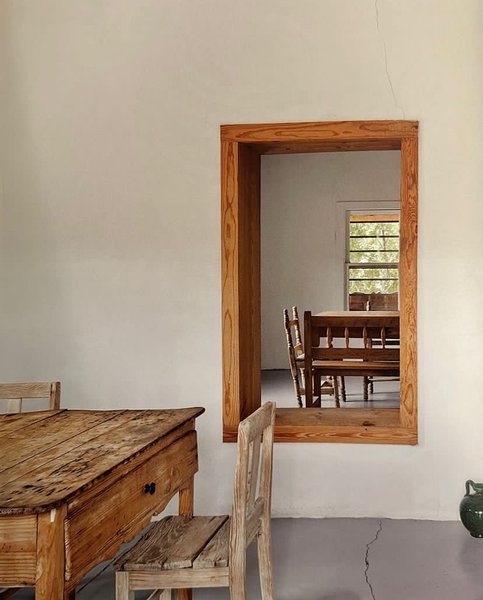#tokugawachoguesthouse #tomoakiunoarchitects #tomoakiuno
instagram.com#tokugawachoguesthouse #tomoakiunoarchitects #tomoakiuno
次世代に繋ぐ伝統建築 (先人の知恵を記憶する)
According to Google this translates to “Traditional architecture that connects to the next generation, remembers the wisdom of our predecessors”
According to Google this translates to “Traditional architecture that connects to the next generation, remembers the wisdom of our predecessors”

















